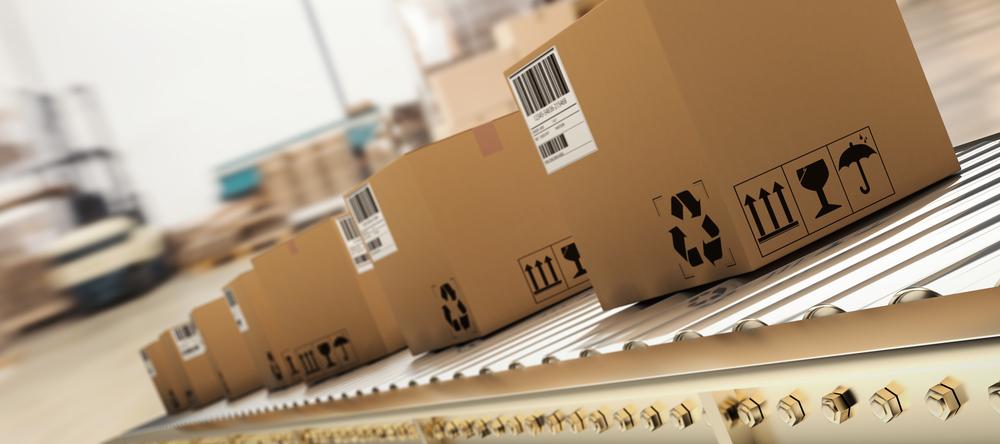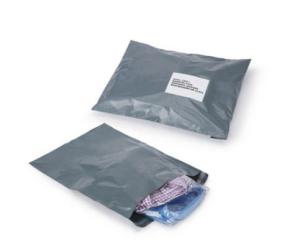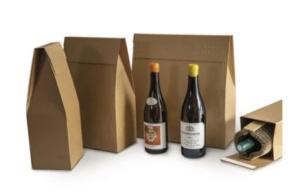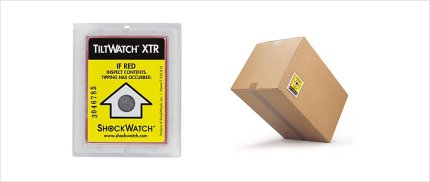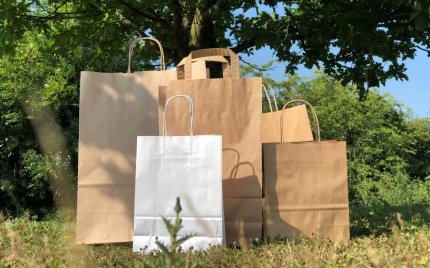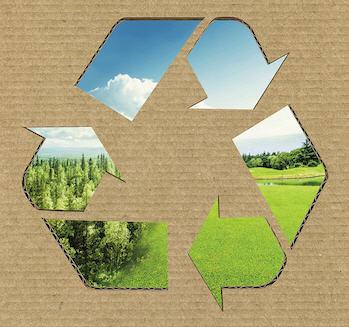Packaging is a complex business these days, before it can be shipped your products need to be securely packaged and wrapped up tight. Being secure is essential, but what about at the other end? Anyone who regularly buys online has probably already experienced this: unpacking a package does not always go smoothly… layers of wrapping, metres of bubble wrap and totally mummified in tape. Not to mention, how much of that is recyclable?
You can level-up your customer’s experience by focusing on making the unpacking stage as simple as the shipping stage is secure.
What common packaging problems do I need to avoid?
The most important part of packaging is undoubtedly the protection of the goods, so that they arrive safe and sound at the customer. However, the way you package products says a lot about your online store and can make or break your reputation. A small list of common inconveniences:
- The packaging is difficult to open because it has too much tape around it.
- The ordered product is shipped in an oversized crate, filled with cushioning material, which leads to an increase in household waste.
- The packaging is difficult to sort due to the simultaneous presence of different materials (for example, plastic and paper glued together).
- The products were damaged because they were in a box that was too fragile or unsuitable.
Making sure you don’t fall into these easy traps is a key part of making sure your packaging is Frustration Free
What does Frustration Free Packaging look like?
Frustration Free Packaging, often abbreviated to FFP, is a collective name for all kinds of sustainable and smart packaging solutions that meet 3 factors:
- They improve the ease of opening the package.
- Promote sustainable and 100% recyclable packaging.
- Reduce waste by avoiding unnecessarily bulky packaging and wedging.
Both for crates and shipping pouches, there are “frustration-free” variants. Pouches are especially useful for shipping non-fragile products such as clothing, fashion accessories, textiles, etc. Crates are a stronger wrapper and suitable for almost any product. Both help to meet some of the key elements you need to be truly Frustration Free.
These elements would include
- Easy to close: thanks to the adhesive strip, no additional tape is necessary. This also saves packaging material.
- Easy to open: choose a version with a tear strip. The customer no longer needs scissors or a cutter.
- Compact: Choose a crate that wraps the goods as tightly as possible.
- Mono material: made of cardboard, a renewable resource. If necessary, complete the packaging with filler paper and the customer can sort everything with their waste paper.
- Resistant: Choose a double fluted cardboard box, lined with kraft paper for extra protection.
Top 5 ways to make your packaging better
A few inexpensive interventions can easily adapt your packaging and make it “frustration-free”.
Here are five things to prioritse.
1. Make it easy to open
It may sound obvious, but make sure the package is easy to open. There’s nothing more annoying than a crate packed with way too much tape or strapping. By the way, did you know that there are some packaging products that don’t even need tape? Products such as these cardboard mailers can be easily closed thanks to their integrated adhesive strip.
And as you can see, this makes the unboxing process significantly easier for customer. The packaging then tears with the same ease as a zipper, without using scissors or a cutter. Convenient for the customer and safe for the goods, as the risk of damage is significantly reduced.
2. Make sure it’s Compact packaging
Another method to reduce the stress of your customers is to get rid of bulky boxes. Did you know that for approximately 60% of orders in e-commerce, a quarter of the packaging is made up of cushioning products? A possible solution to cut down on waste is to use a mailing bag. You can use it for products that are already securely packaged or for soft goods, such as textiles. Extract the air out of the bag and you can save on void-fill and still provide perfectly secure packaging.
3. Choose Eco-Friendly
As we explained earlier, frustration-free packaging isn’t just about unboxing. The “environment” aspect also plays an important role. Avoid burdening your customers with packaging material that is difficult to sort and/or recycle. It can help to provide solutions that bear the following in mind:
Opt for mono-materials – Simplify the sorting process and choose packaging made entirely of a single raw material. Take the example of paper: sending them a cardboard box, with paper void fill and wrapped in recyclable paper tape. This allows the consumer to recycle everything at once. Also, don’t forget, using logos or pictograms, to clearly indicate how your packaging should be sorted.
Opt for renewable materials – Give preference to packaging made from renewable raw materials, such as paper and cardboard. This way you reduce the pressure on the consumption of raw materials.
Opt for recycled materials – Do you use plastic? Prioritize recycled materials. At RAJA for example, you can find recycled bubble wrap bags and recycled stretch film as easy and eco-conscious choices.
4. Ensure that the box is Solid
The fourth point of attention concerns the robustness of the packaging. If you use one that is too fragile, the goods may be damaged during transport. Nobody wants to receive a package that’s dented or smashed. Which means you need to make sure your packaging is strong enough for the trip it must take. This may seem obvious but it’s easy to take a one size fits all approach. Always remember to check the weight of your goods and see if single, double or triple wall is the right fit for your shipment needs.
5. Dare to choose less
The flipside of this is that you can’t overload the customer, as we said for #2. Using a massive triple wall box to ship a USB stick will likely be an irritation to the customer. Finding that delicate balance where your product is protected to the maximum degree without overloading the shipment with excess weight and space is key.
The same philosophy applies to cushioning and protective materials. For some protects voidfill can be redundant, especially for less fragile products such as clothing, textiles, wood, plastic bottles, etc. Finally, also consider made-to-measure packaging: such as the Flexi-Hex Bottle Boxes. Their unique design allows them to adapt perfectly to this type of goods and does not require additional protection inside the box.
What are the benefits for your business?
Frustration-free packaging is a great philosophy to adopt that can help you improve and enhance the relationship with customers. You can offer your customers a pleasant, more convenient unboxing experience and recycling is made easier. However, the benefits go beyond the customer relationship. You will also find that FFPs have a lot to offer your business in terms of logistics and the environment.
Reduce costs: With more compact packaging, you have to buy less material.
Reduce the number of returns: By choosing strong, personalized packaging, you are less likely to have to deal with damaged products.
Reduce your storage needs and costs:
Reduce greenhouse gas emissions: By offering smaller packaging and renewable raw materials, you reduce the quantities of packaging materials needed. It’s good for your company’s green image!
Reduce transport: Opting for more compact packaging, a single van can carry more packages.
Did you know ?
Amazon was a pioneer in promoting this philosophy. In 2008, the American firm launched the Frustration-Free Program initiative with two objectives: to satisfy customers by simplifying the unboxing process and to reduce the amount of waste generated by online sales.
Business partners who adhere to this strategy enjoy a noticeable advantage in the Amazon online store algorithm. Thanks to this program, Amazon has avoided the waste of 244,000 tons of packaging materials in 12 years.
–
Choosing Frustration Free Packaging is a great way to guarantee your customers have a superior experience with you.







